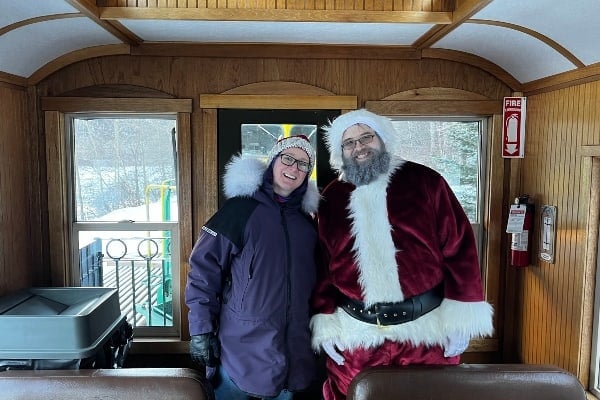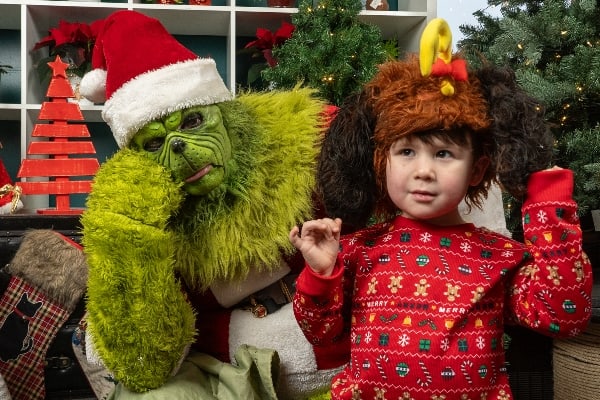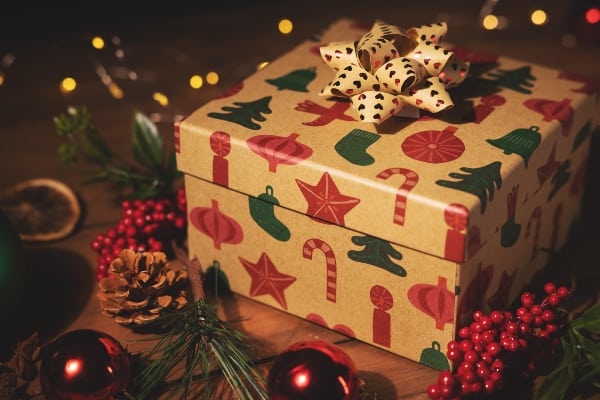You may be familiar with the partridge in the pear tree and the two turtle doves – counting birds is a longstanding Christmas tradition.
The first official Christmas Bird Count (CBC), however, was started in 1900, after American ornithologist Frank Chapman decided to count birds instead of kill them (the annual “side hunt” was a shoot-out competition).
Today thousands of “citizen scientists” take part in the annual event, from Alaska to Ecuador.
Run by the National Audubon Society and Bird Studies Canada, the CBC is a fun way to celebrate birds and bird watching – from your home or out on a walk in your hood.
The findings help track bird populations and can indicate where species could be in decline or in trouble from habitat changes or damage (such as in the Gulf of Mexico).
There are a few rules. The counts have to take place for one day between December 14 and January 5, within a designated 15 km to 25 km diameter circle.
In Whitehorse, the epicentre is at Hamilton Blvd. and the Alaska Highway, and there are usually 10 or more “chunks” surveyed in the count circle, which stretches roughly between Meadow Lakes Golf Club and the MacPherson subdivision.
Last year about 40 locals took part, on foot, snowshoe,skiis and bicycle. The mission: record every species heard and seen between dawn and dusk.
You can do it in the field or simply by watching your bird feeder – or mix and match. The main thing is to record your findings, and where and when you were watching for birds. It’s also good to sign up so birders can be dispatched to areas where there are fewer observers.
And, afterwards you can join the traditional post-count gathering for some Christmas cheer, cocoa, cookies and possibly more potent drinks. (You have to sign up to find out where it will happen.)
This year is the 40th count in the Yukon (it started in Kluane in 1972), and twelve communities are taking part. Skagway, Old Crow, Whitehorse, Tagish, Johnson’s Crossing and Watson Lake will do their counts on December 26, and Haines Junction on December 27 or 28.
Mayo, led by Yukon government biologist Mark O’Donoghue, will do a count on December 29. (See the inset box for details and contact information.) Carcross, Teslin, Skagway, Marsh Lake and Kluane and Dawson City were the early birds, completing their counts December 17 and 18.
What to see? It depends on the weather and location, of course. But there are always surprises. For example, last year there were eight trumpeter swans (not seven like the song) seen swimming at Johnson’s Crossing.
In 2010, 39 species were found in Yukon (compared to two in Nunavut – a raven and common eider), with 25 in Whitehorse.
One local hotspot for waterfowl is the Whitehorse dam (common mergansers and mallards). Some expected species are the common raven and black-billed magpies, as well as the black-capped chickadee.
If it’s cold you might notice the common redpolls (little puffballs of feathers with red-tinged heads) at your feeder.
Coordinating the Whitehorse count for another year is Jim Hawkings, a biologist with the Canadian Wildlife Service. He says observers are needed especially in the large subdivisions around Copper Ridge and Granger, and even in the older subdivision like Riverdale where there are established feeders.
Some of the bigger and prettier species you might see include the pine grosbeaks (bright pink or a lemon-yellow) and the dressed up Bohemian waxwings (a crested bird with smooth grey brown body and yellow-dipped tail feathers).
They are often seen in huge flocks gorging on rosehips or mountain ash berries – a great neighbourhood sighting. White and red-wing crossbills are two other colourful species that like to hang out in larger groups.
It’s fun and worthwhile to spend a few hours out there. If you go from 10 a.m. to 3 p.m., it’s a short day.
You might even have time to do some Boxing Day shopping. (I joined Jim one year for the local Riverdale/Millennium Trail area walk, and spied an American robin hanging out in the balmy plus 10 weather – a record.)
Count yourself in and learn more about birds and birding in your community.
Results are recorded and published in an annual American Birds list, published each fall by the National Audubon Society.




